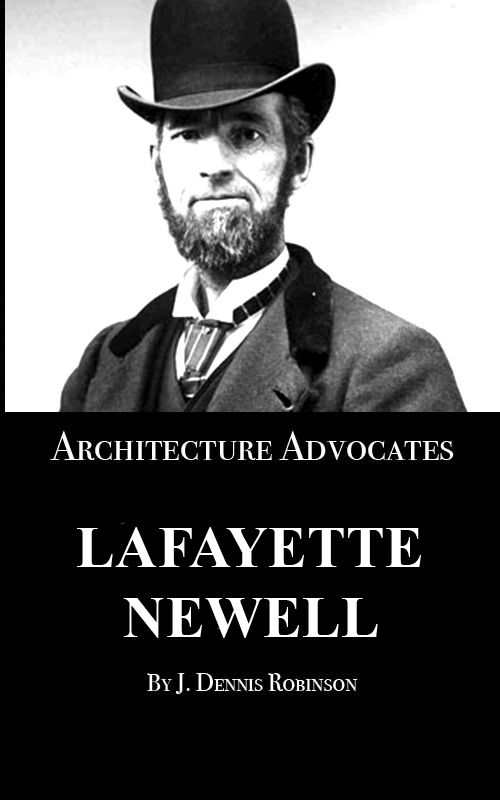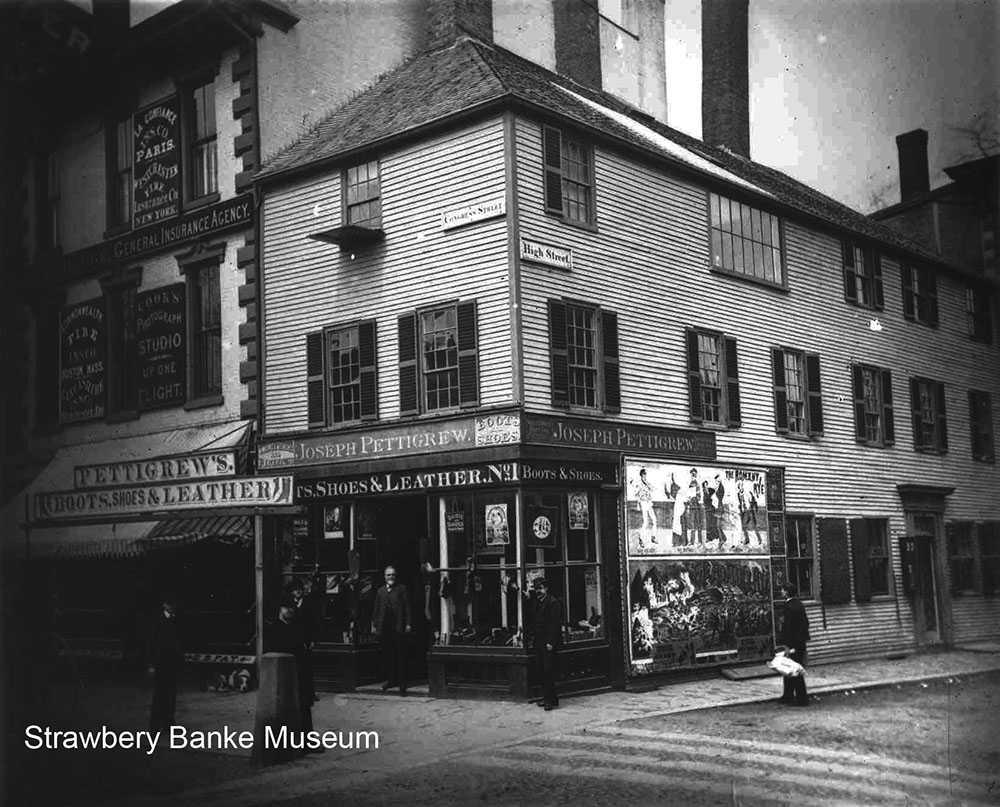Lafayette Newell Pictured the Past
Architecture Advocates: Lafayette Newell
by J Dennis Robinson
Portsmouth is unique. New Hampshire’s only seaport, soon to celebrate its 400th anniversary, blends charm and culture with vitality and commerce. In this series historian J.Dennis Robinson profiles people who influenced, honored, pictured, preserved, and promoted the historic architecture of “The Old Town by the Sea.”
In an age when cameras are ubiquitous, it’s hard to believe. But besides a few sketches in word or pen, we barely know what old Portsmouth looked like. There are a few fuzzy images of buildings, but until the Civil War, most local photos are portraits of people, posing stiffly. While Lafayette V. Newell (1833 – 1914) took his share of studio shots, he also carried his heavy wooden camera, tripod, and fragile glass plates into the field.
A farm boy from Barnstead, NH with 12 siblings, Newell studied the hi-tech new craft of photography in the 1850s. He honed his craft during the Civil War by taking pictures of Confederate prisoners of war at Point Lookout in Maryland. He returned from the war with hundreds of irreplaceable glass negatives. Newell married a grocer’s daughter from Portsmouth and stored his rare photographic archive on the top floor of the grocery shop on Bow Street. Tragically, local vandals smashed all the images.

Image courtesy of Strawbery Banke Museum Collection
At age 35, Newell started a photography business in Portsmouth. It was the right place and the right time. For the next three decades, with a distinctively artistic eye for lighting and design, he captured scenes of Portsmouth and the surrounding area. Some of our most valuable images of local architecture are credited to Newell and his competitors, the Davis Brothers.
Lafayette’s son, John Newell, inherited those photographs. The collection found its way into the hands of Portsmouth bordello keeper and antique collector “Cappy” Stewart. Garland Patch, a welder at the Portsmouth Naval Shipyard, later added Newell’s Portsmouth negatives to his own collection. Patch eventually sold them to Strawbery Banke Museum, where they are preserved today. Some of the most provocative views of the city in its Victorian era come from Newell’s later work.
J. Dennis Robinson, is the author of a dozen history books including Mystery on the Isles of Shoals, available in local stores and online at Amazon.com. You can follow his history posts on Facebook here.

Lafayette Newell’s studio formerly at the corner of Fleet and Congress streets in Portsmouth showing the large windows for lighting on the second floor. (Strawbery Banke Museum Collection)





